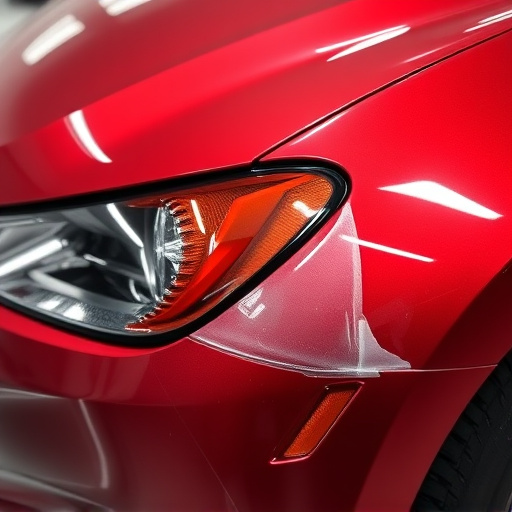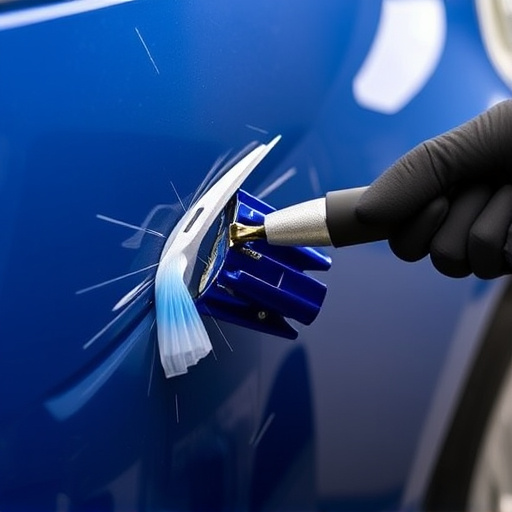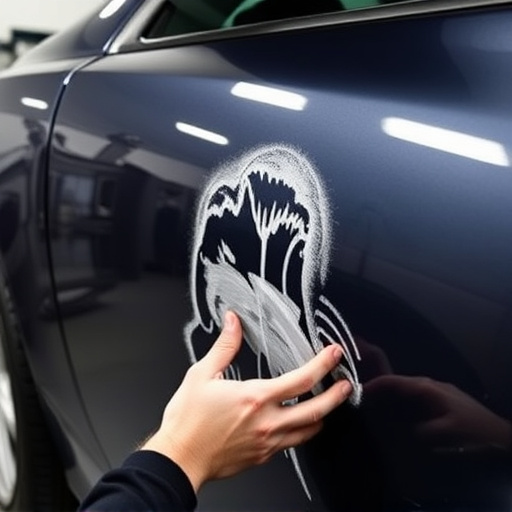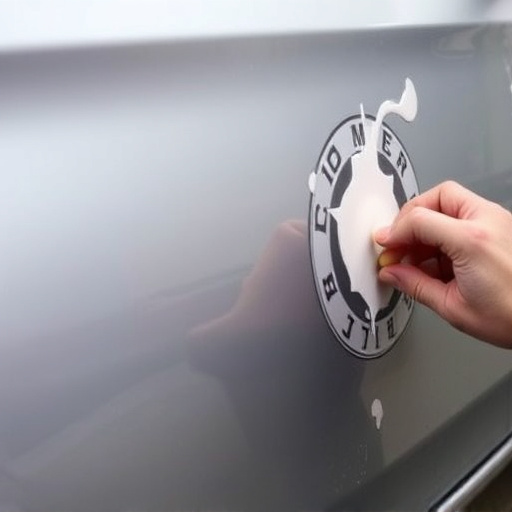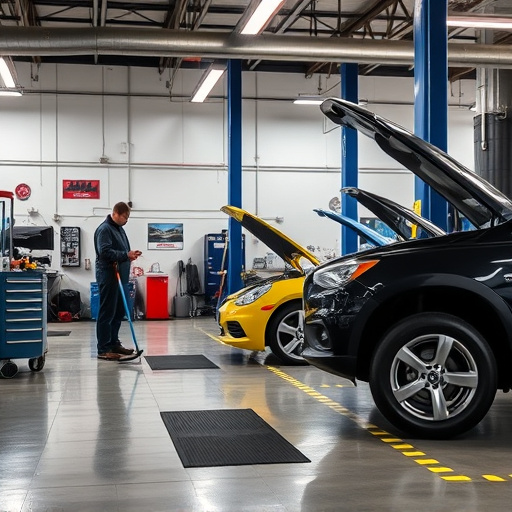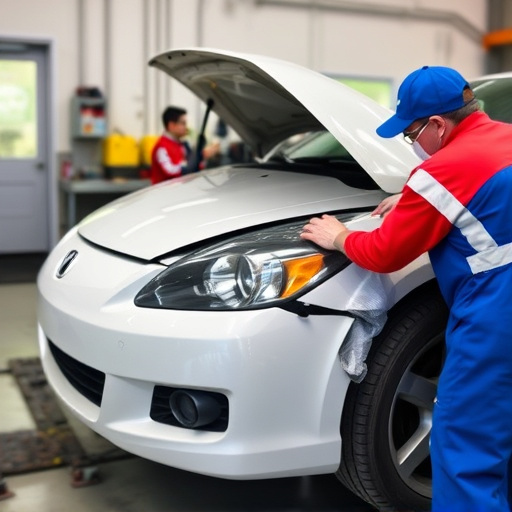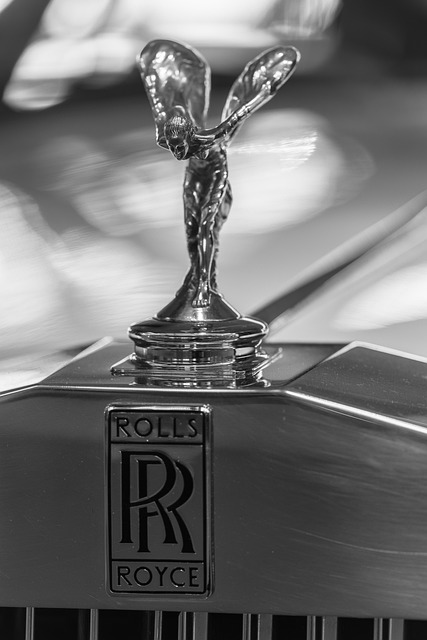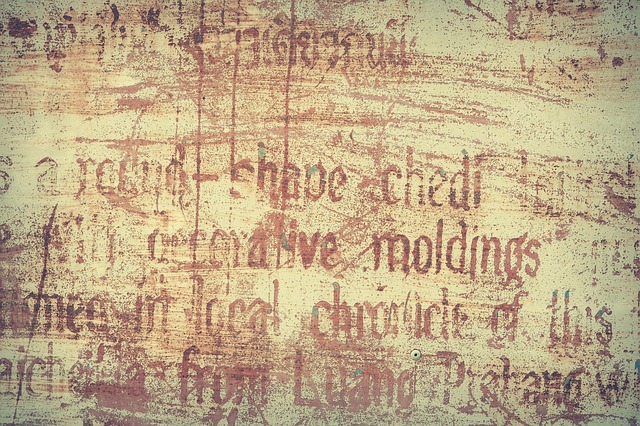Sectioning procedures are transforming automotive maintenance by offering precise, efficient, and cost-effective repairs for both new and classic cars, outpacing traditional methods in terms of time and material savings, though specialized equipment and skilled technicians are required.
In the realm of structural repairs, advancements in technology have introduced innovative approaches like sectioning procedures, challenging traditional repair methods. This article delves into these contrasting techniques. First, we’ll explore conventional repair practices and their inherent strengths and weaknesses. Subsequently, we’ll analyze the advantages and disadvantages of sectioning procedures, focusing on efficiency and cost-effectiveness. By comparing these methodologies, folks can make informed decisions when navigating the world of structural repairs.
- Traditional Repair Methods: An Overview
- Advantages and Disadvantages of Sectioning Procedures
- Comparing Efficiency and Cost-Effectiveness
Traditional Repair Methods: An Overview
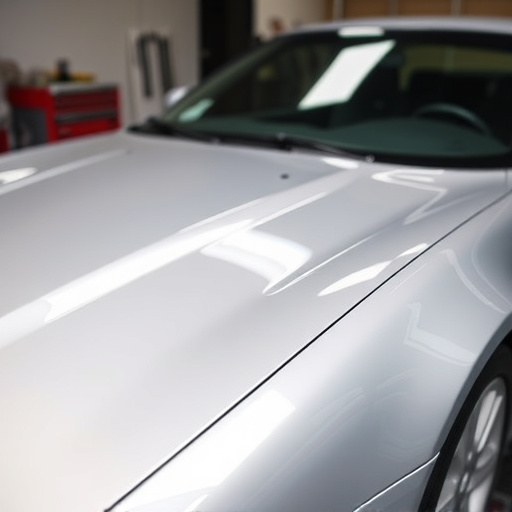
In the realm of automotive maintenance and restoration, traditional repair methods have long been the go-to approach for addressing vehicle damage. These methods, while proven effective over decades, often involve a series of linear steps that can be time-consuming and may not always deliver optimal results, especially in complex cases. Auto repair services typically begin with an assessment to identify the extent of damage, followed by disassembly and replacement of affected components. For classic car restoration projects, this process can be particularly intricate, as it requires a deep understanding of the vehicle’s history and a meticulous approach to maintain its original integrity.
Collision repair shops often employ these traditional techniques to fix dents, scratches, and structural damages caused by accidents. This involves skills such as welding, painting, and body panel alignment, ensuring vehicles return to their pre-incident condition. However, with advancements in technology, sectioning procedures have emerged as a modern alternative, offering precision and efficiency in auto repair services. These innovative approaches streamline the restoration process for both new and classic cars, promising better outcomes in less time compared to conventional methods.
Advantages and Disadvantages of Sectioning Procedures
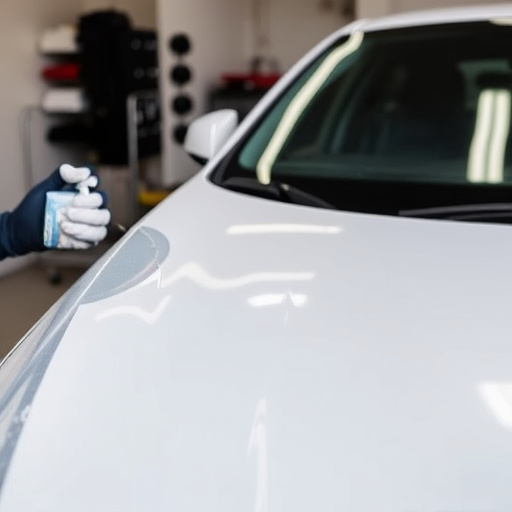
Advantages of Sectioning Procedures:
Sectioning procedures offer a modern approach to auto body repair, particularly in specialized vehicle body shops. Unlike traditional methods that focus on repairing individual components, sectioning involves cutting and replacing specific sections of damaged vehicles. This technique provides several benefits. First, it allows for precise restoration, ensuring the vehicle retains its original structural integrity and aesthetic appeal. Second, sectioning can significantly reduce repair times since only the affected areas are replaced, streamlining the autobody repairs process. Third, this method promotes cost-effectiveness as it minimizes material waste and labor costs associated with comprehensive repairs.
Disadvantages of Sectioning Procedures:
While advantageous in many aspects, sectioning procedures also come with certain drawbacks. One significant challenge is the specialized equipment required for cutting and fitting new sections, which can be expensive to acquire and maintain. Moreover, skilled technicians are essential to ensure accurate measurements and seamless integration of the replaced parts. This requirement may limit accessibility, especially in regions with limited access to such expertise or specialized training in modern repair techniques. Despite these challenges, many vehicle body shops embrace sectioning procedures for their potential to deliver high-quality autobody repairs while enhancing efficiency.
Comparing Efficiency and Cost-Effectiveness

When comparing sectioning procedures to traditional repair methods for autobody repairs, efficiency and cost-effectiveness are key considerations. Sectioning involves precisely cutting and removing damaged sections of a vehicle’s body, allowing for more tailored and localized repairs. This method is particularly advantageous in complex cases where there are multiple dents or damage patterns that don’t align with conventional repair techniques.
In contrast, traditional repair methods often employ more general approaches such as filling and painting over damages. While these methods might be suitable for minor incidents, they can be less efficient when dealing with significant vehicle collision repairs. Sectioning procedures offer a more precise and targeted solution, potentially reducing the amount of material replacement needed, thereby lowering labor costs associated with extensive bodywork. This makes sectioning an attractive option for both repair shops and consumers looking to balance quality restoration with economical considerations in dent removal processes.
In comparing traditional repair methods with sectioning procedures, it’s clear that modern techniques like sectioning offer significant advantages in both efficiency and cost-effectiveness. While traditional methods have their merits, the benefits of sectioning—including reduced material waste, faster turnaround times, and lower labor costs—make it a compelling choice for many applications. As we move forward, embracing innovative approaches like sectioning procedures will be key to optimizing repair processes across various industries.

